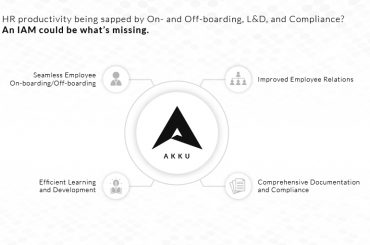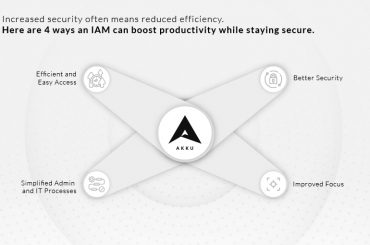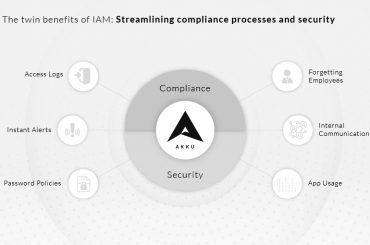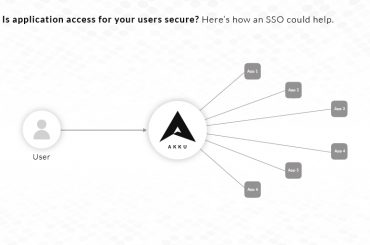Would you trust just anyone to enter your home? Or would you first confirm that you know them and they have the right to be there?
The Zero Trust Model (ZTM) of security follows a similar principle. The ZTM approach is to be aware of anything entering the company, whether from inside or outside the company’s perimeter.
ZTM simply verifies everything that requires access to the system. The approach does not necessarily decree that every request should be denied. Instead, it asks: Why is access needed? How far? How long?
According to Cyber Security Ventures, cybercrime damages will top $6 trillion by 2021. Little surprise that cybercrime is the trending topic today! This may be just a prediction, but an ominous one indeed. It is a great challenge to prevent cybercrime and avoid this predicted damage. However, we can certainly overcome some part of this. We just need to take the right steps to protect ourselves.
The Zero Trust approach depends on different technology and governance processes to achieve their goals. This model mainly focuses on improving the security of the IT environment of enterprises. This approach varies based on who (the User) is accessing what (SaaS or In-house Applications), as well as from where (Location or IP), how long (Time Restriction) and how (granularity) they want to access it.
There are multiple ways an organization can adopt the Zero Trust Model, and one of the best way to do so is to integrate with an IAM. For example, a well-designed application supports IAM integration and provides MFA by default. Today, all applications have begun to adopt the Zero Trust Model at the design level itself.





